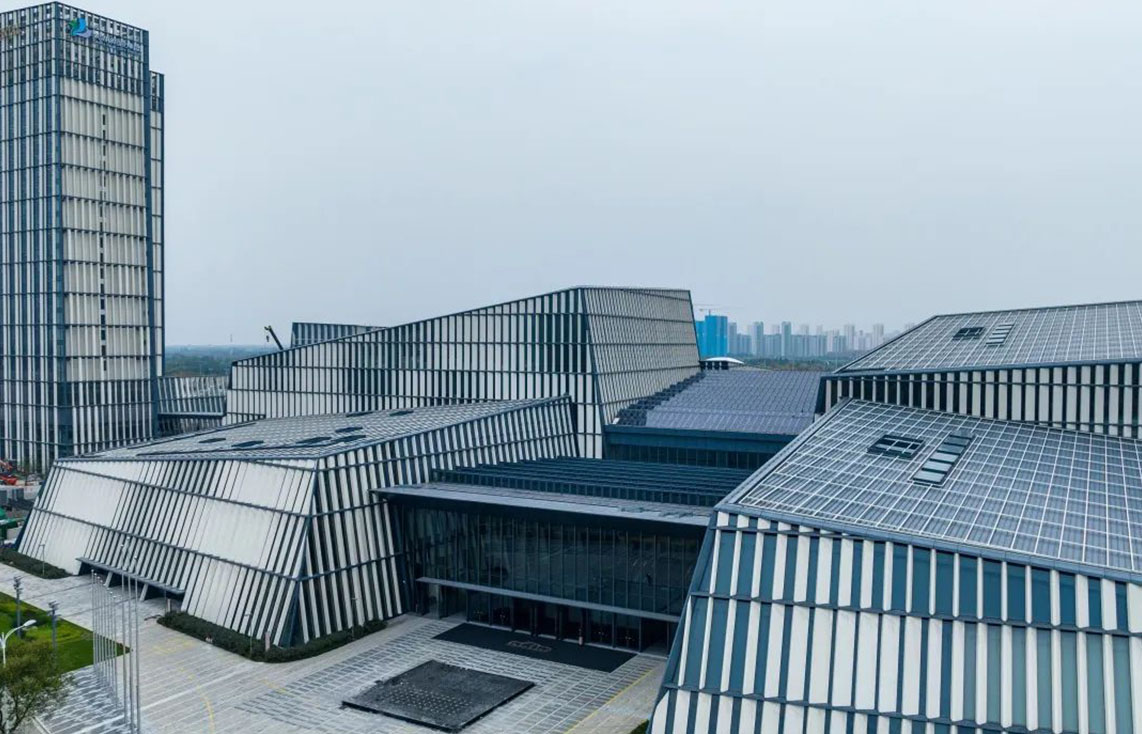Jun. 26, 2024
In the search for sustainable and clean energy solutions, the integration of photovoltaic technology into building design has become the way of the future. Building Integrated Photovoltaics (BIPV) is gaining attention as a means of harnessing solar energy and seamlessly integrating it with architectural aesthetics. This approach not only generates green energy and improves energy efficiency but also enhances the overall visual appeal and economic value of the building. This is a groundbreaking change in the field of sustainability and architecture.

Traditionally, installing solar panels on the roof or as a stand-alone structure has been considered an add-on that tends to disrupt the harmony of the overall design. Aesthetics and design sensibilities therefore play a crucial role in BIPV, and the integration of BIPV may significantly affect the visual appeal of a building.
The use of crystalline silicon photovoltaic glazing can be seamlessly integrated into building facades, windows and roofs, providing a more visually appealing and cohesive approach to solar power generation. This integration allows architects and designers to incorporate sustainable elements, and the ability to customize the appearance of BIPV modules further enhances their ability to blend in with a variety of architectural styles and integration, even creating a more technologically advanced appearance that positively impacts the overall visual landscape of an urban environment.
The BIPV system demonstrates the combination of architectural aesthetics and functionality as both a building material and an efficient way to utilize solar energy. It not only reduces our dependence on traditional energy sources but also provides a practical and aesthetically pleasing clean energy solution for sustainable, multifunctional building projects, and the integration of BIPV is expected to become even more widespread in the future. Innovations in manufacturing processes and materials may reduce the cost and increase the efficiency of BIPV systems, making them more readily available for a wider range of building projects.
In summary, the integration of BIPV represents a significant advancement in the pursuit of sustainable and visually appealing building design. By seamlessly combining architectural aesthetics and functionality, BIPV systems have the potential to change the way we generate electricity in the built environment. As future trends continue to drive innovation in the field, the widespread adoption of BIPV could play a key role in shaping the sustainable cities of the future. Integrating clean energy with building design is not only feasible but also critical to creating a more sustainable and visually appealing built environment.